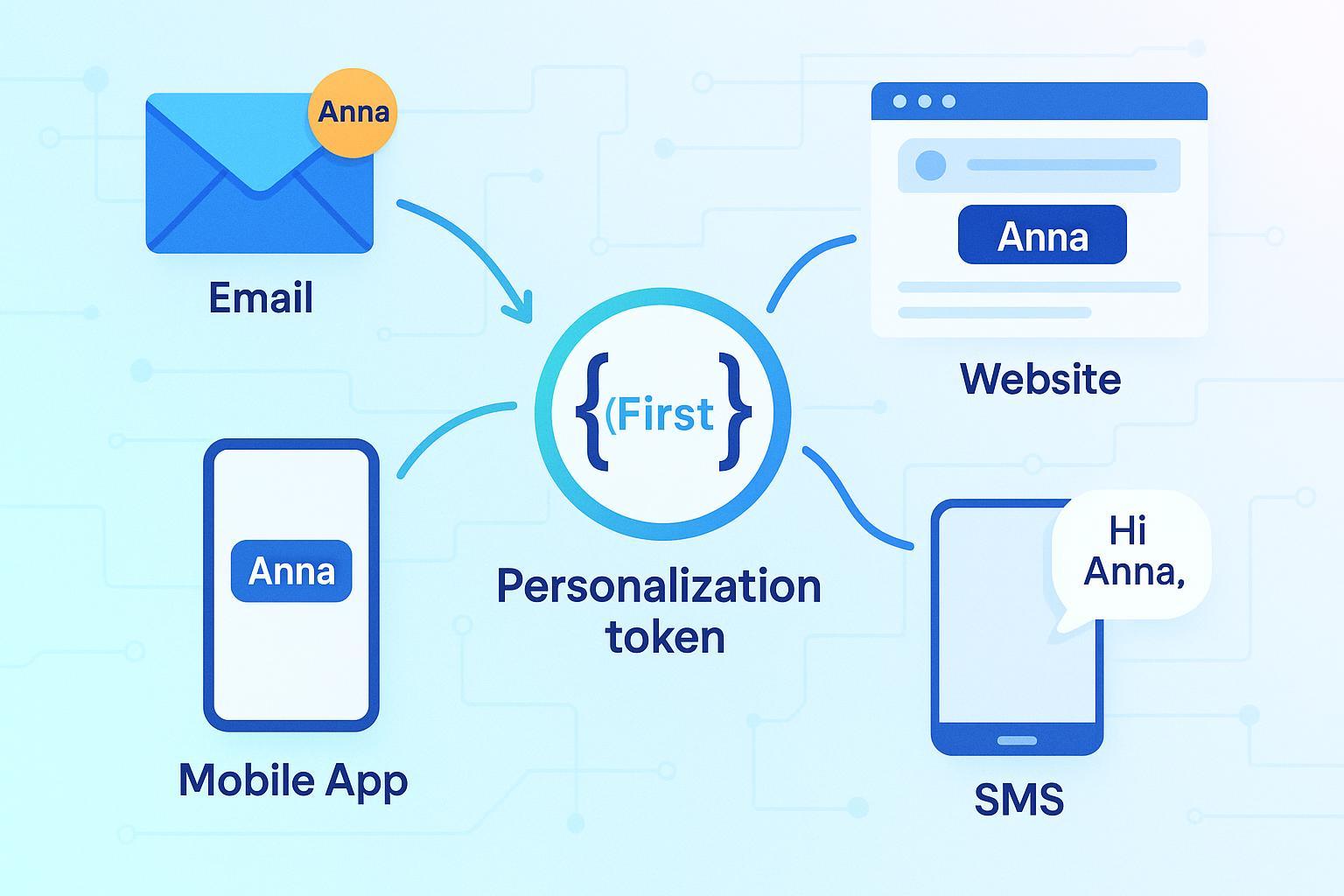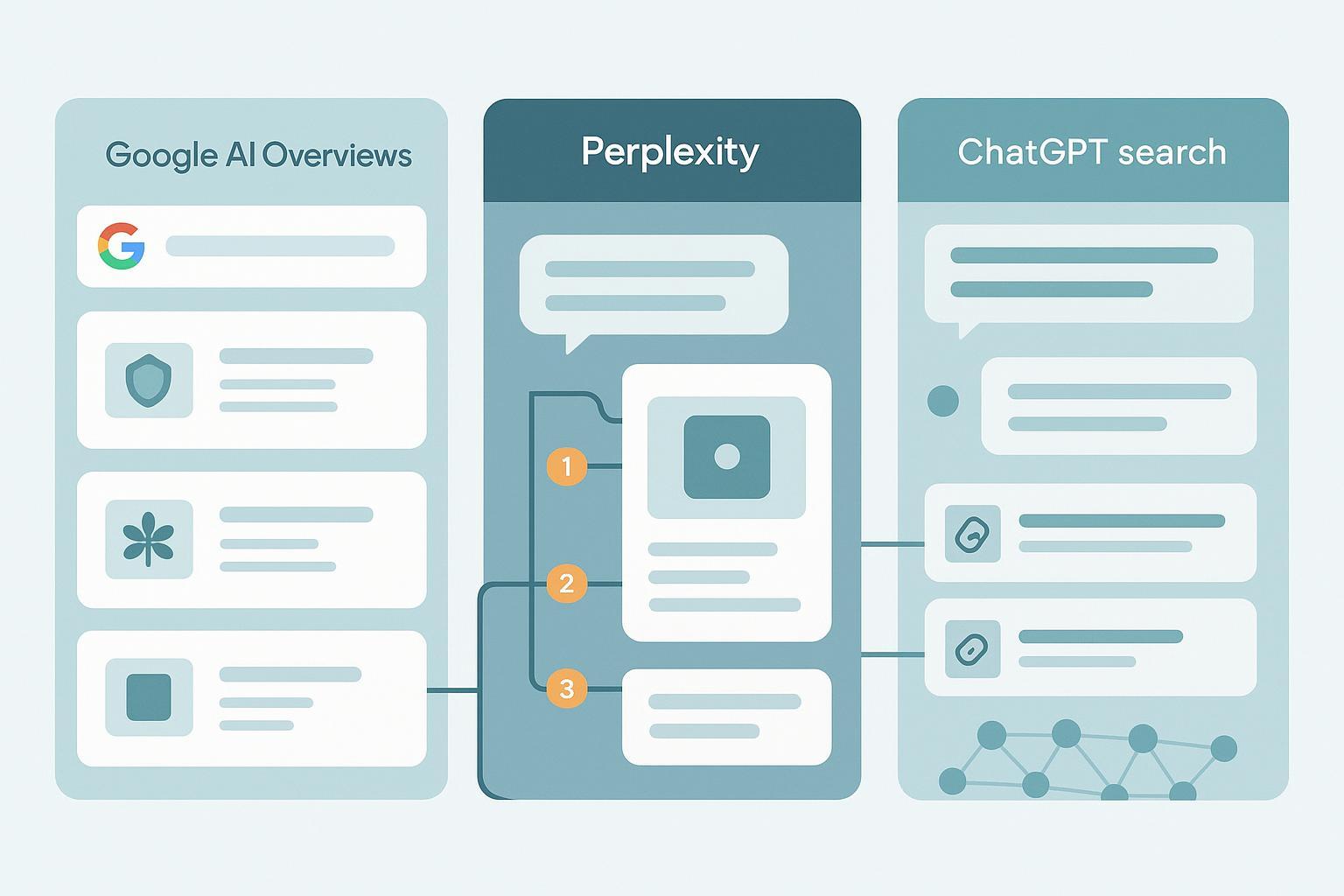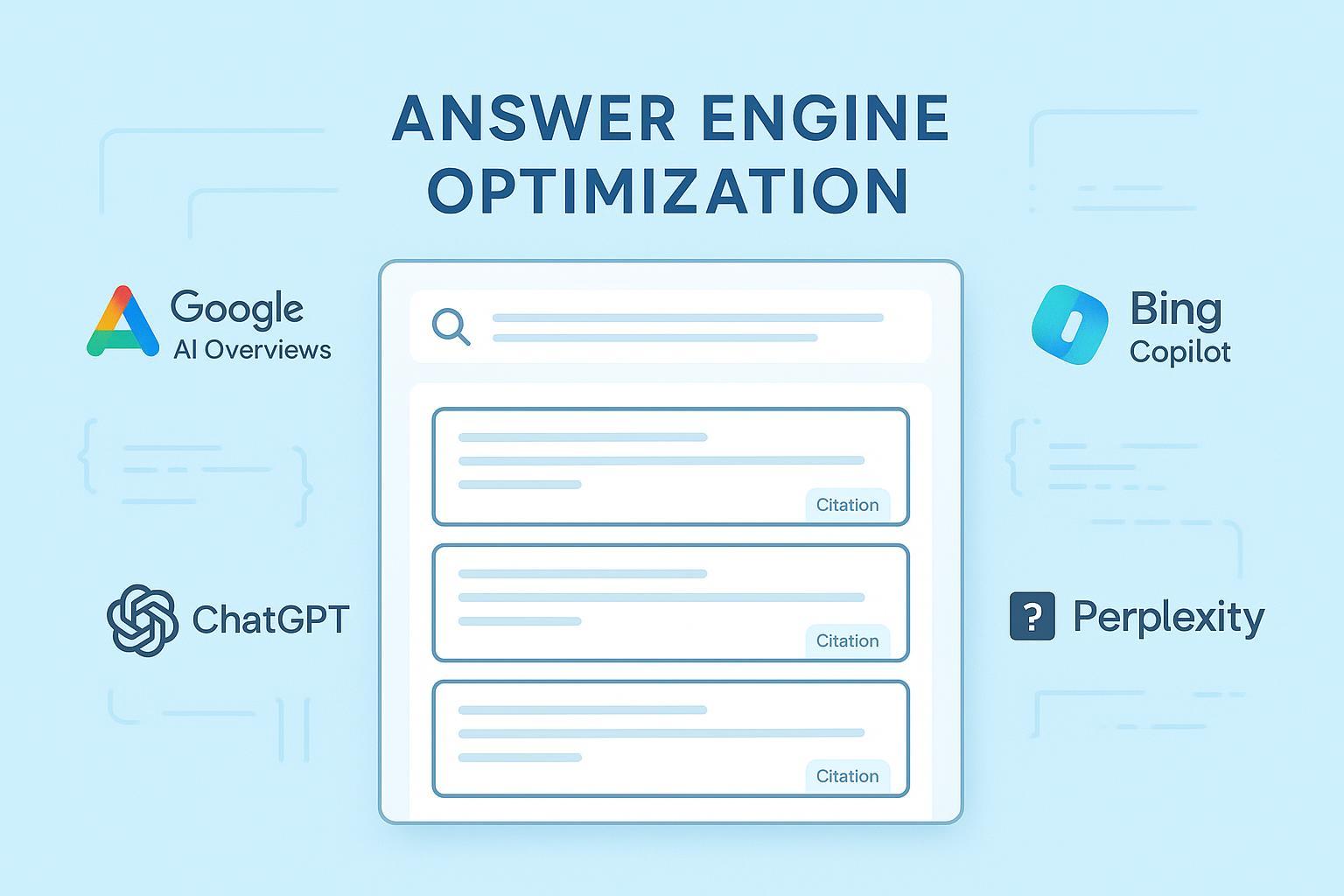Personalization Token: Definition, Uses & Role in Digital Marketing
What is a personalization token? Learn its definition, how it enables AI-powered, privacy-compliant personalization across digital channels.


A personalization token is a dynamic placeholder embedded in digital content—such as emails, web pages, SMS, or app notifications—automatically replaced at send time with specific data drawn from user profiles or databases, enabling marketers to deliver tailored experiences to each individual.
In-Depth Explanation
Personalization tokens function as variable fields within campaign assets (e.g., {{FirstName}}, {{City}}, or {{RecentPurchase}}). When a message is delivered, the marketing platform pulls real-time or stored data (like a recipient's name, purchase history, or interests) and injects it into these placeholders. Originally popularized in email marketing, this mechanism now powers personalization across web, mobile, push notifications, AI-driven recommendations, and beyond see source.
The process is highly automated:
- Marketers specify tokens in content templates.
- Databases (CRM, CDP) map each token to user data fields.
- At delivery, each recipient's content is dynamically assembled with their unique information. If a user’s data is missing, platforms use a default value (e.g., "there" instead of missing first name) to ensure seamless delivery.
Key Components of Personalization Tokens
- Token Placeholder: A unique syntax (e.g.,
{{FirstName}}) signaling where to insert user data. - User Data Source: CRMs, CDPs, or behavioral tracking systems that store the underlying information.
- Resolution Engine: Platform logic that fetches and injects appropriate data, applying fallback/default logic as needed.
- Multichannel Support: Modern tokens enable personalized delivery across email, web, SMS, app notifications, and even AI-generated product recommendations.
- Privacy and Compliance Controls: Data is handled according to privacy regulations (GDPR, CCPA); secure practices are crucial.
Practical Applications
- Email Greetings & Content: “Hi {{FirstName}}” personalizes emails for each subscriber.
- Personalized Web Pages/Banners: Show recently viewed products or targeted offers to returning visitors.
- SMS Campaigns: Deliver individualized discounts (“Hi {{FirstName}}, your 15% off code is…”).
- App Push Notifications: Alert users about abandoned carts, relevant updates, or custom reminders using known attributes.
- AI-Driven Recommendations: Dynamic product lists or content blocks tailored via user segments, preferences, or engagement signals.
Case studies: Brands like Petco and Adidas have leveraged data-driven tokens and AI logic for tailored experiences, leading to higher engagement rates and repeat purchases.
Related Concepts and Distinctions
| Token Type | Purpose | Example Use |
|---|---|---|
| Personalization Token | Content customization for individuals | Email greeting, site banner |
| Session Token | Track user login/session state | Account access, auth flow |
| Cookie | Store client-side preferences/tracking | Keep cart, analytics, ads |
| Authentication Token | Validate access rights/security | Login API, payment process |
Note: Personalization tokens are not the same as blockchain, API, or payment tokens, which serve for authentication, transaction, or security rather than content adaptation.
Privacy and Best Practices
Because personalization tokens often handle personally identifiable information (PII), marketers must adhere to privacy laws (such as GDPR and CCPA), ensure data is up to date, secure, and only used with consent. Always configure fallback values and test campaigns to avoid awkward user experiences with missing data.
Learn More
See Also
By understanding and strategically applying personalization tokens, marketers can unlock effective, ethical one-to-one engagement across today's multichannel, AI-powered digital landscape.





